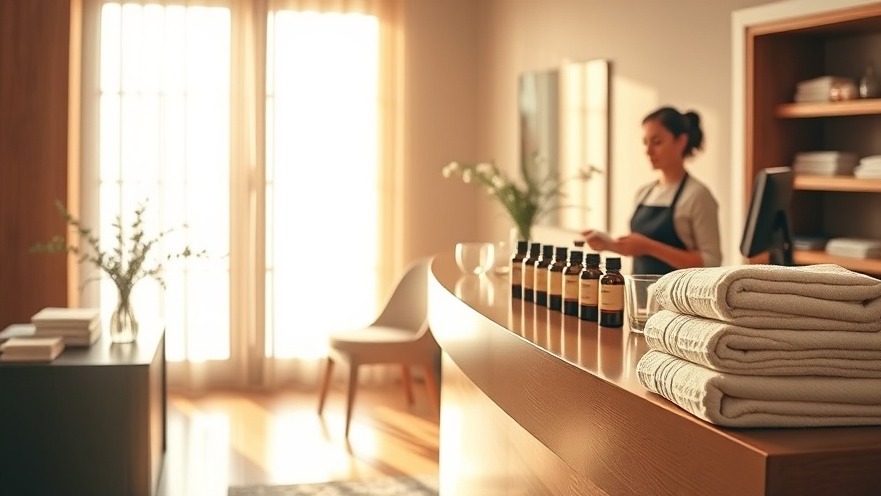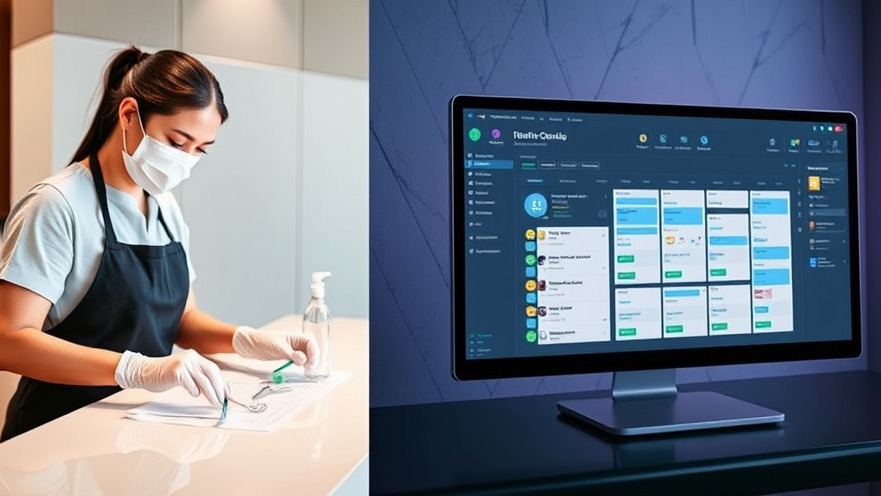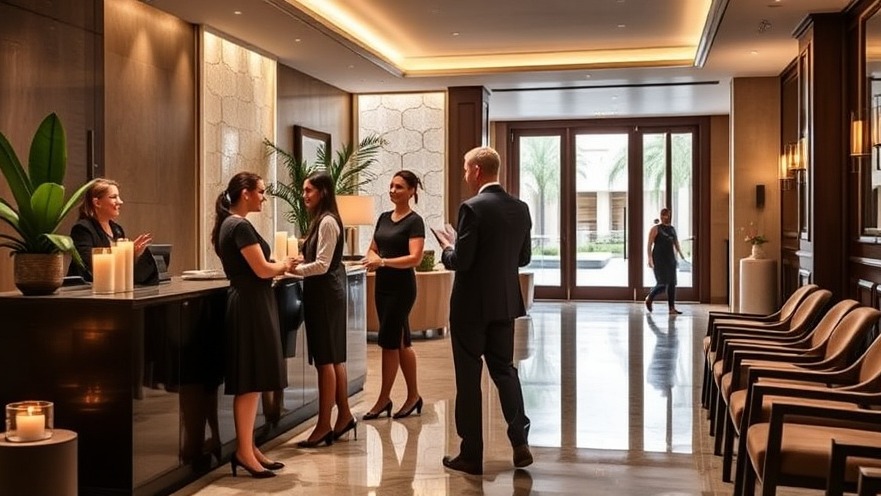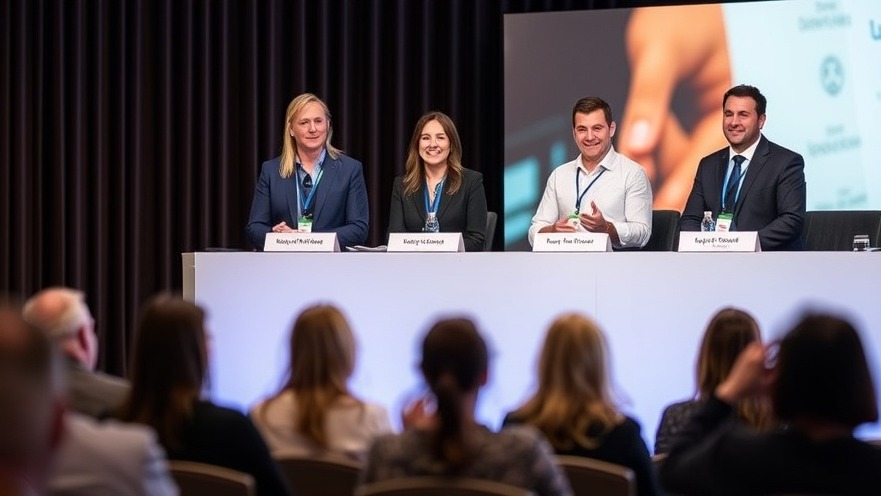
Behind the Serenity: The Hidden Systems That Keep a Spa Flowing Smoothly
To your guests, the spa feels like a world apart — a place where time slows, the air feels lighter, and every detail seems effortlessly aligned.
The truth, of course, is far more complex. Behind the lavender-scented calm are countless moving pieces: reservations, treatment rooms, sanitation, staff schedules, laundry cycles, and inventory management.
“Consistency is the heartbeat of trust in a spa,” one industry leader often reminds new managers.
But consistency doesn’t appear out of thin air. It is built — carefully, deliberately — through Standard Operating Procedures (SOPs).
These are the invisible scripts that guide every detail, ensuring your spa delivers excellence day after day, no matter who’s on shift.
In this article, we’ll explore how SOPs transform spas from unpredictable to unshakable, drawing on real-world practices, expert commentary, and proven strategies.
Behind the Calm: Why SOPs Became a Spa Essential
The spa industry has always been about more than pampering; it’s about health, safety, and trust.
Yet for many years, spas relied heavily on “tribal knowledge” — training passed informally from one employee to another. That worked for small teams but broke down as businesses expanded.
The turning point came during the COVID-19 pandemic. Suddenly, sanitation wasn’t just a backstage detail; it became part of the guest experience.
Clients wanted to see bottles being disinfected and linens handled with precision. State boards tightened rules, and guest expectations skyrocketed.
At the same time, the International Spa Association (ISPA) reported a boom: U.S. spa revenues soared to $22.5 billion in 2024, with nearly 187 million visits.
For owners, this growth underscored the need for scalability. SOPs moved from “nice to have” to “non-negotiable.”

Defining Moments That Changed Spa Operations Forever
Every industry has defining moments, and spa operations are no different.
The pandemic reset: Buffer time between treatments, visible sanitation protocols, and stricter intake processes became the new norm.
Digital integration: Paper manuals gave way to platforms like Zenoti, Vagaro, and Boulevard, which embed SOPs directly into booking systems and staff dashboards.
Expansion of med spas: With HIPAA compliance, treatment charting, and clinical delegation in play, SOPs evolved into legal and clinical safeguards, not just operational guidelines.
These milestones reshaped what spa leaders now consider “basic” — making clear documentation and consistent execution the lifeblood of sustainable success.
The Secret Cycle of Every High-Performing Spa
If you strip away the jargon, effective SOPs boil down to one cycle: Document → Train → Audit → Refine.
Document: Put the process on paper — whether it’s opening the spa, flipping a room, or handling guest complaints.
Train: Walk staff through procedures, not just once but regularly.
Audit: Check that procedures are followed consistently, and adjust when gaps appear.
Refine: Update SOPs when regulations change, technology advances, or guest expectations shift.
Lisa Starr, a spa operations consultant with Wynne Business, describes it simply: “Your SOPs are only as good as the way you teach and reinforce them. A binder on the shelf isn’t an SOP — it’s a forgotten manual.”
Innovative tools now make reinforcement easier. Platforms like Trainual allow managers to upload checklists, assign modules, and quiz employees on the steps.
Zenoti automates reminders for tasks like treatment room cleaning or stock reordering. Vagaro integrates forms so staff and guests complete paperwork digitally, reducing errors.
The takeaway? SOPs are no longer static documents — they’re living systems.

What the Best Spas Do Differently
Walk into a top-performing spa and you’ll notice something intangible: the flow feels seamless. Staff don’t scramble, rooms are turned over quickly, and clients feel both cared for and safe.
That’s not luck — it’s operational discipline.
Three differentiators stand out:
Consistency: Whether a guest books with a new therapist or a long-time favorite, the experience feels the same.
Compliance: From sanitation to data privacy, strong SOPs protect the business from risk.
Scalability: For multi-location spas, SOPs make growth possible. As one owner put it: “You can’t franchise chaos. You can only scale consistency.”
Software plays a big role here. Boulevard’s Precision Scheduling™, for example, ensures therapists get enough turnover time between appointments — reducing burnout and ensuring compliance.
Meevo helps multi-location spas enforce SOPs across different cities without losing cohesion.
From Chaos to Calm: Practical Steps You Can Take Now
You don’t need to overhaul your entire spa manual overnight. Start small:
Pick your “big five.” Document the five procedures that impact guest safety or satisfaction most — e.g., treatment room sanitation, guest intake, retail checkout, cash handling, and incident reporting.
Co-create with staff. Involve therapists, estheticians, and front desk staff in writing SOPs. When employees help shape the process, they’re more likely to follow it.
Embed in training. Make SOPs part of onboarding, but don’t stop there. Use refreshers and role-plays to keep them alive.
Digitize where possible. Intake forms, reminder checklists, and automatic alerts reduce errors and free staff from manual tracking.
Audit with empathy. Treat SOP checks as support, not punishment. Frame them as guardrails that protect both staff and guests.

Insights from the Industry’s Most Trusted Voices
Jeremy McCarthy (Mandarin Oriental): Focuses on the psychology of spas — SOPs should support wellbeing, not just enforce tasks. “Guests don’t want to see the checklist; they want to feel the care it represents.”
Alex Thiersch (AmSpa): Advocates for legally sound SOPs in medical spas. “Protocols protect your license as much as your guests. Don’t leave compliance to chance.”
Wynne Business (Lisa Starr): Emphasizes front desk discipline. “The guest journey starts with the first phone call. If your SOPs don’t cover the desk, you’re losing revenue before clients even walk in.”
These perspectives highlight that SOPs aren’t just about operations; they’re about leadership, culture, and brand promise.
Conclusion: Turning Procedures into Power
At its heart, a spa isn’t defined only by the treatments it offers — it’s defined by the consistency of care, the trust it earns, and the culture it creates.
Standard Operating Procedures may not be glamorous, but they are the scaffolding that holds all of this in place.
The key lessons are clear:
Document with intention. The simplest checklist can eliminate confusion and elevate performance.
Train with heart. SOPs come alive only when staff understand not just the “how,” but the “why” behind each step.
Audit with empathy. Consistency isn’t about policing staff — it’s about protecting them, the spa, and the guests they serve.
Refine with courage. As guest expectations evolve and technology advances, so should your operating playbook.
For spa owners and wellness leaders, this is a call to action: take a fresh look at the systems that power your business. Ask yourself, “Are my SOPs simply documents, or are they daily practices shaping the guest experience and staff culture?”
When procedures are aligned with purpose, they stop feeling like rules and start functioning like freedom.
They free staff from uncertainty, free owners from constant firefighting, and free guests to fully relax in the trust that every detail is cared for.
Now is the time to strengthen your foundation. Revisit your SOPs, involve your team, and lean into the digital tools and expert frameworks available.
The reward isn’t just smoother operations — it’s a spa that grows with confidence, shines with professionalism, and leaves every guest feeling the difference.
 Add Row
Add Row  Add
Add 




Write A Comment